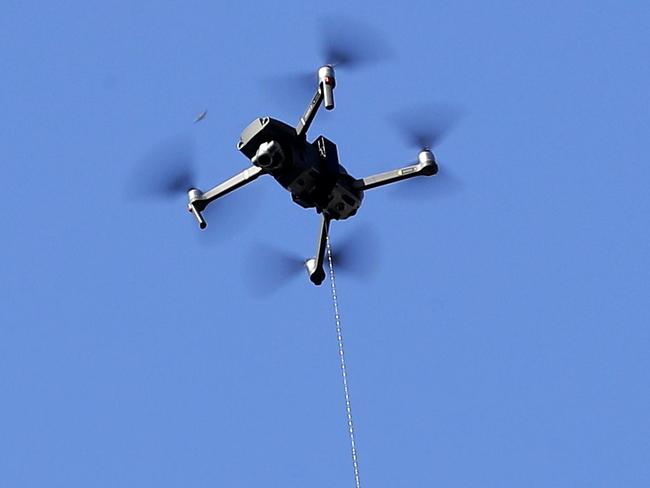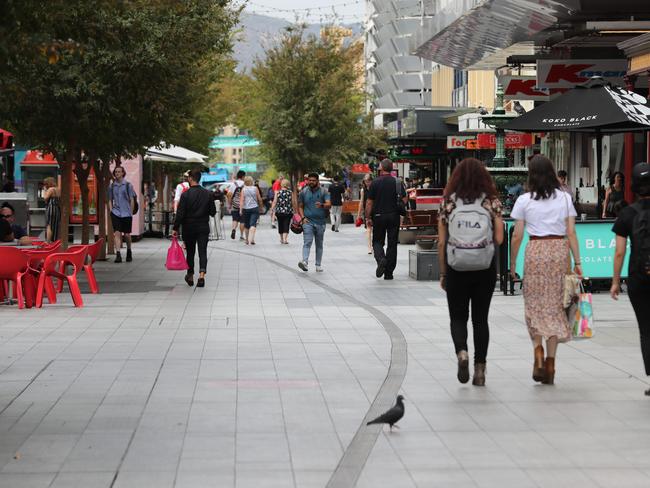Coronavirus: How drones could detect COVID-19 infections
A ‘pandemic drone’ invented by University of South Australia researchers could be employed to scan crowds and workplaces and detect people infected with COVID-19.
Illness
Don't miss out on the headlines from Illness. Followed categories will be added to My News.
A ‘pandemic drone’ invented by University of South Australia researchers could be employed to scan crowds and workplaces and detect people infected with COVID-19.
The University of South Australia (UniSA) team, led by Defence Chair of Sensor Systems Professor Javaan Chahl, has previously invented drones that uses a computer vision system which can distinguish survivors from deceased bodies on battlefields in Afghanistan from 4-8 metres away.

As long as the upper torso of a human body is visible, the cameras can pick up the tiny movements in the chest cavity, that indicate a heartbeat and breathing rat.
Now they have fitted drones with a specialised sensor and computer vision system that can monitor temperature, heart and respiratory rates, as well as detect people sneezing and coughing in crowds, offices, airports, cruise ships, aged care homes and other places where groups congregate.
The University of South Australia (UniSA) team will work with North American drone technology company Draganfly Inc to immediately start integrating commercial, medical and government customers.

Algorithms for measuring temperature and detecting coughing and sneezing movements are still being optimised at their lab in Adelaide, South Australia.
“There’s a lot of engineering going on right now but the aspiration is to have this in some sort of initial capability within six months,” Professor Chahl said.
“It’s one thing to have it work in a science experiment type scenario but getting it to run in the field on a real piece of hardware is quite a challenge.”
Professor Chahl has demonstrated that heart rate and breathing rate can be measured with high accuracy within 5-10 metres of people, using drones and at distances of up to 50 metres with fixed cameras.
They have also developed algorithms that can interpret human actions such as sneezing and coughing.
The research has previously looked at using the drones to monitor and react to elderly falls, look for signs of life in war zones or following a natural disaster and monitoring the heart rates babies in neonatal incubators.
